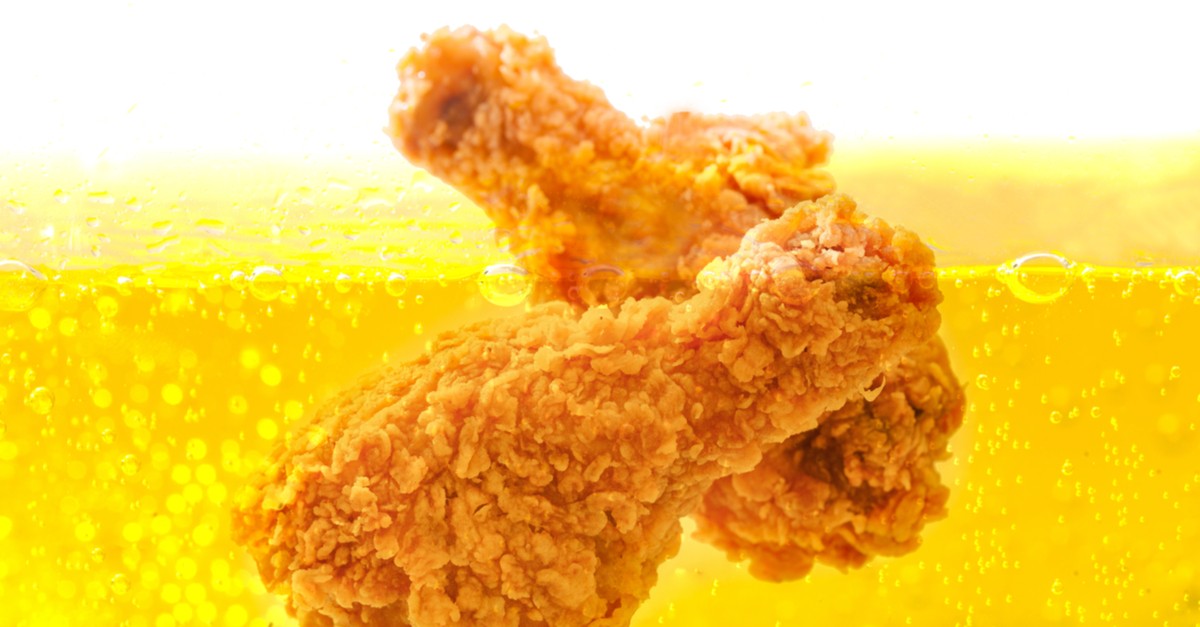The Struggle
Lets face it, fried food is delicious. I have some “chef” tips to get the best out of your frying oil. So the question today is actually a simple one with many different answers.
Lets face it, fried food is delicious. Thankfully this isn’t an article that bombards you with facts about how unhealthy it is. Because frankly, we already know that and it doesn’t stop our cravings. But there are some tips to get the best out of your frying oil. These tips are good for anyone who loves frying, from the home cook to the professional all of these tips can help. So the question today is actually a simple one with many different answers.
“How do I improve or maintain my fryer oil?”
Depends on the Issue
There are a bunch of things that could affect your fry oil. There are consistency issues, sediment, and burnt oil. If you have ever tried to deep fat fry something in brand new oil you may notice a big difference between the first batch and the last batch. This is because the new oil hates water, and repels it. This will cause a lighter and less consistent fry to your foods. But as the oil gets used, the more it begins to breakdown. The more it breaks down the less it will repel the moisture allowing it to get closer to the foods. Think of it like your introverted friend who is quiet, but after a few cocktails they are the life of the party. Fry oil is just like that friend. The next step is the oil too degraded or broken down, the oil will start to seep into the food and make it greasy. This is when you will need change out the oil and start fresh. But when you start fresh the best course of action is to add some of the old oil back to the new batch. This will act as a helping hand for the new oil to be more consistent. So how can you “season” some oil if you don’t have any left over from a previous batch? The best thing I can think of is to have a bag of frozen french fries or chicken nuggets, and fry a few batches of them. This will help break down the oil and provide a quick lunch for the kids.
After all the frying has been finished generally there is quite a bit of sediment in the bottom of the pan. At home the easiest thing to do is pour the oil through a strainer that is lined with a coffee filter. This will remove the majority of the sediment. There is another way the clarifies the oil very well, it uses gelatin. Mix for every gallon of oil you will need 2 cups of water and 1 Tbsp of powdered gelatin (we suggest 250 bloom). Bloom the gelatin in the water and bring it to a simmer. Cool the oil to below 180°F, if you don’t cool the oil and attempt to pour water into a screaming hot pot of oil it will pop splatter and potentially burn you severly. So let’s just not skip that step of cooling the oil. When the oil is below 130°F and whisk the gelatin water into the oil and mix until it is cloudy. Refrigerate the oil overnight, the next day pour off the oil and you will have a brick of gelatin the has collected all the sediment at the bottom of the pot. You oil may appear slightly cloudy after this. Just gently heat it until any stray drops of water have boiled off. The oil should be beautifully clear.
If you’ve ever walked into a restaurant and were overcome by the smell of oil this is probably because the oil has degraded to the point where it starts to burn. This is common as people do not clean the fryer and allow pounds of sediments to collect at the bottom and burn. This burnt oil is not good for frying as it makes food greasy (see paragraph above). This oil should be discarded. But you need to follow the above steps to prolong the life of the oil. There is one thing that is very important to think about and that’s the temperature of the oil. Each oil has a its own smoke point. The smoke point is the temperature where the oil will begin to smoke and could ignite. Here is a list of the most common types of oil and their smoke point, so you don’t burn your house down!
Olive oil: 325-375°F
Corn oil: 352°F
Lard: 374°F
Duck fat: 375°F
Chicken fat: 375°F
Beef tallow: 400°F
Vegetable oil: 428°F
Canola oil: 428–445°FPeanut oil: 441-445°F
Have a Question? Ask a Chef!
Modernist Pantry is here to help professional and home chefs transform food. We’re honored so many of you reach out to our test kitchen for problem solving and inspiration. Have a question? Click to Ask a Chef!



2 Comments.
Hello ,I would like to know if Ever Crisp and Batter Bind can be used together . Thank you.
Yes! You can definitely combine Batter Bind and EverCrisp for better adhesion and long-lasting crispiness.